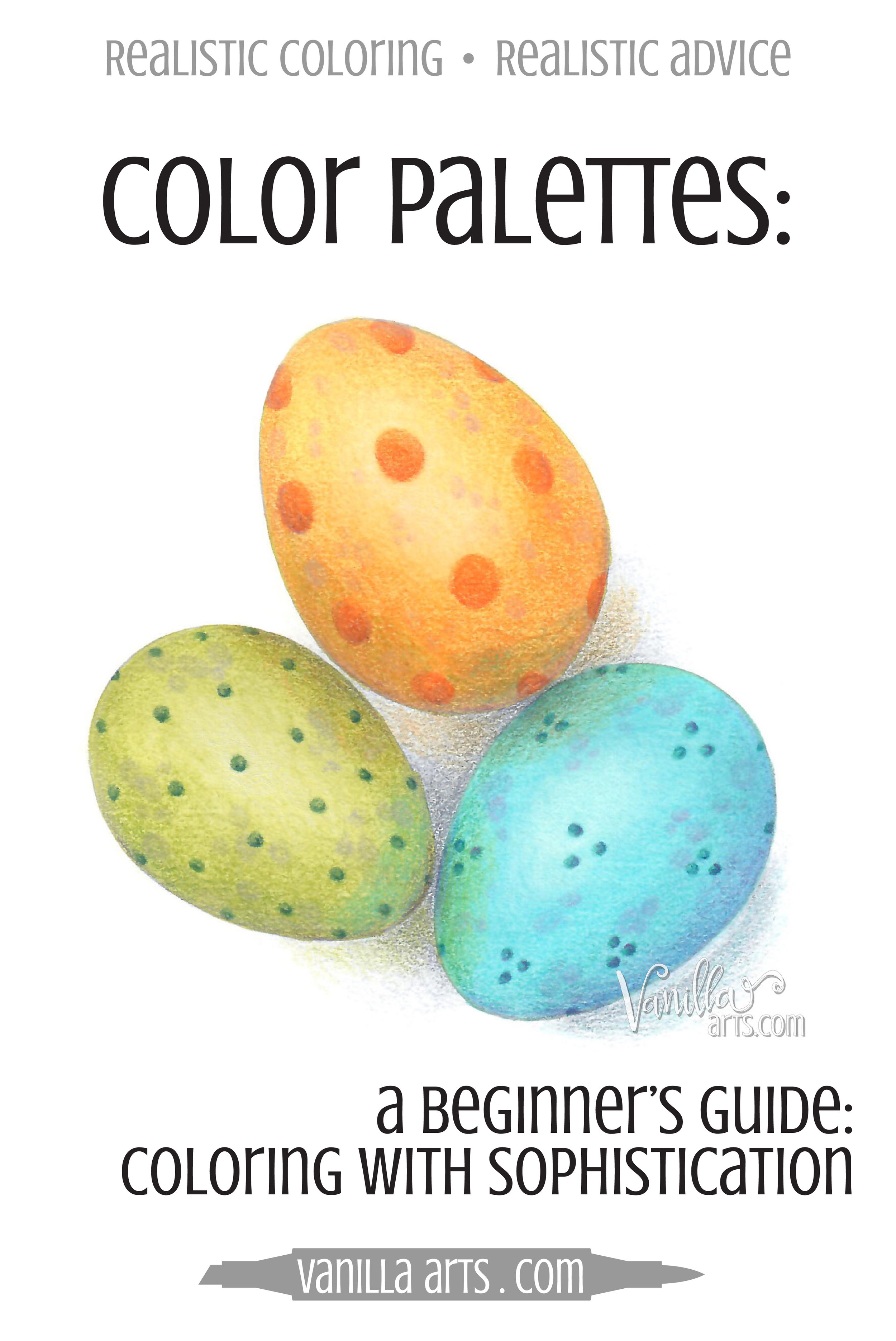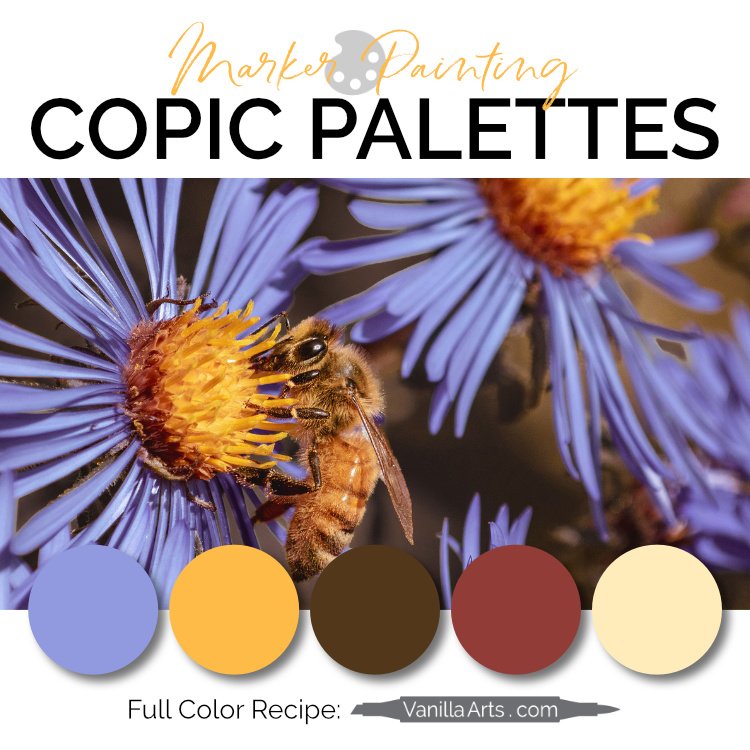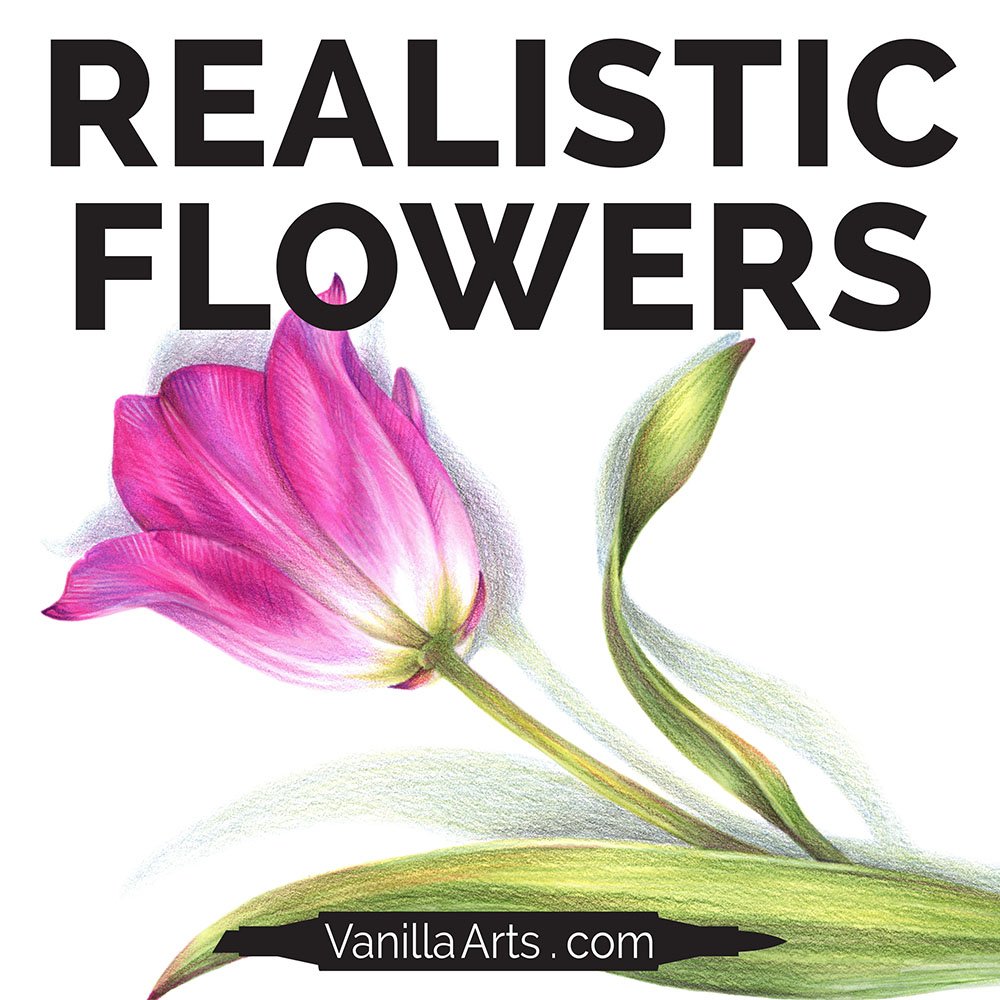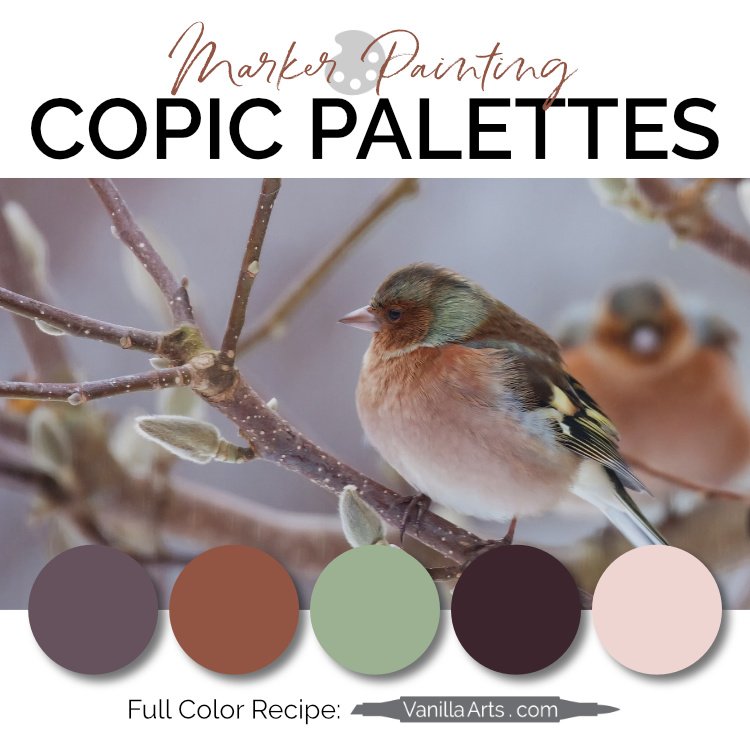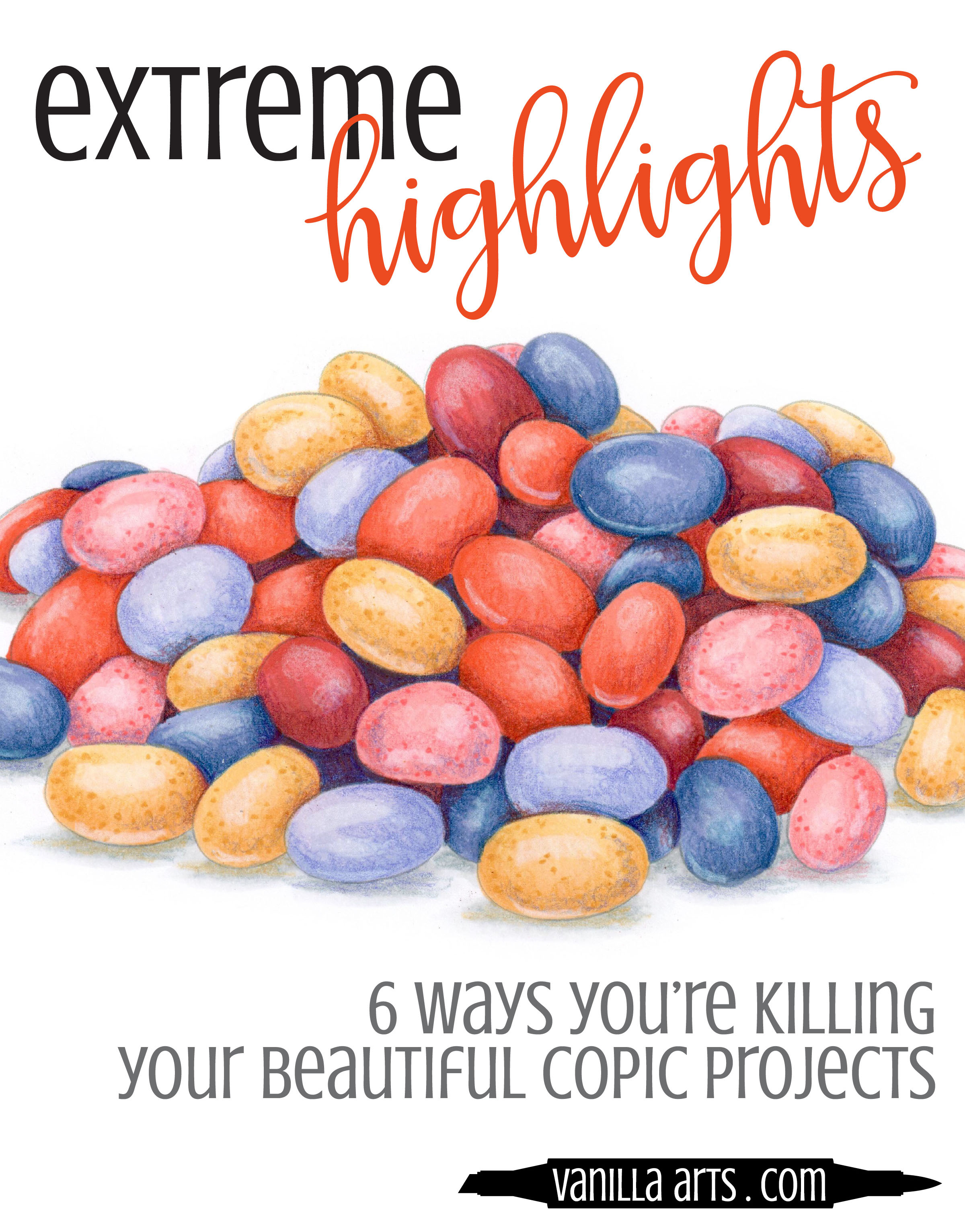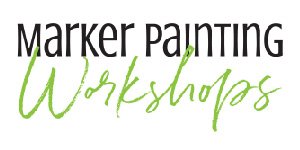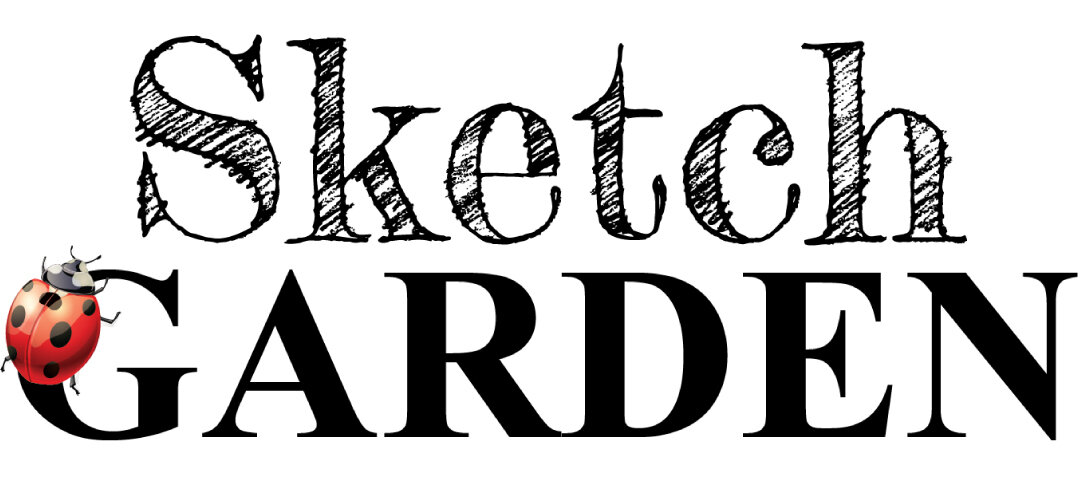Are Neutral Colors Bland?
Copic Marker fans love color. Colored pencil people love color.
That's why you color, right?
For most of you, it's rainbow, rainbow, rainbow all the time.
Bright reds, brilliant blues, verdant greens... bring on the color, baby!
Because I teach a lot of classes and I want my presentations to be unique, I do a lot of internet surfing; looking at other project photos and tutorials so that I'm not repeating tired concepts and techniques that have been done to death.
In that research, I see a lot of bold and vivid colors being used.
But not a lot of neutrals.
It seems that many colorers are afraid of the toned down and slightly muddy colors.
So you write them off as unimportant.
Bland and boring. Browns and beiges and foggy grays.
Zzzzzzzzzzz
What a snoozefest!
I think that's really sad.
Neutral colors are only boring when you treat them that way!
Neutrals are some of the most interesting and complex colors available to artists. Many artists spend years, even decades learning to hand mix perfect neutral colors. If a whole bunch of artists are spending that much time studying one specific thing? Well, that's a sign. There must be something pretty darned important about neutrals.
So why aren't you using them in your coloring projects?
It's not that neutral color palettes are boring, it's that you're using them wrong!
Are you sick of Kiddie Color Palettes?
Do you want to improve the look of your coloring projects?
Are you searching for that polished professional look?
Are you tired of coloring like a circus clown or a 12 year old Disney Princess wanna-be?
Neutrals!
Neutrals are the solution!
Neutral colors can add the sophistication you are looking for.
Adding more neutrals to your projects is not hard.
Don't build it up to be more taxing than it ought to be.
Four simple keys...
Just four? Yep.
I have four little tricks that I use to add life and zest to my neutral color palettes!
Expand your definition of neutral - supplement the palette with near-neutrals like violet grays and dusty yellows.
Use a full range of color values - don't get stuck at the zero end of the Copic color set!
Don't skip texture and pattern - smooth & plain is boring no matter what color you use!
Add some spice - find pop colors to provide some kicky interest
Happy Coloring!
Supplies used in "Cup of Columbine":
(partial list, contains affiliate links to Amazon and Dick Blick)














